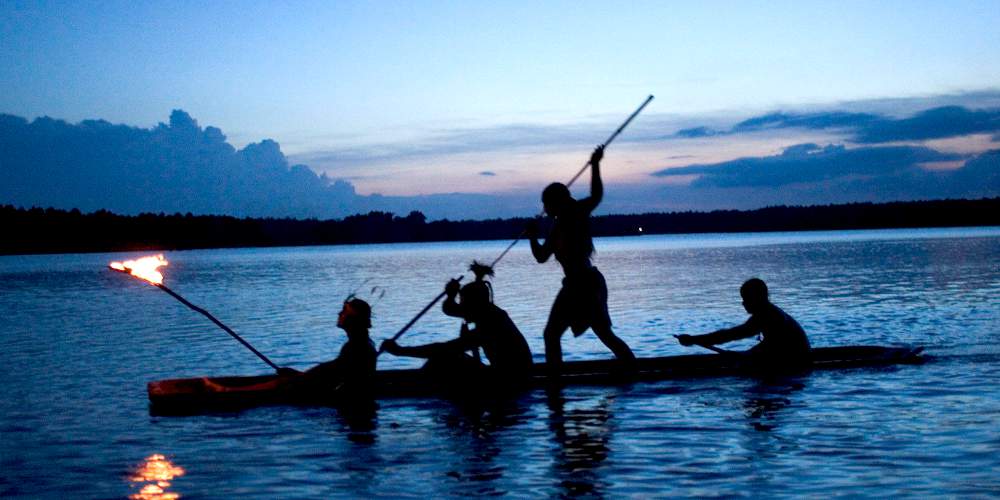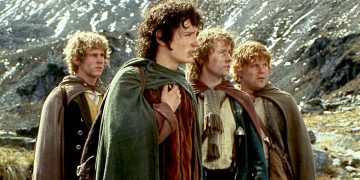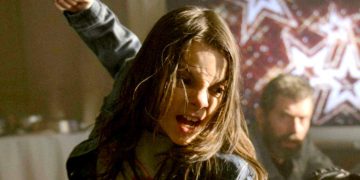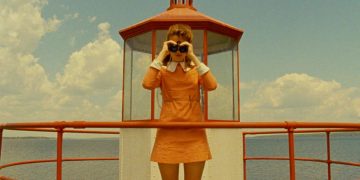Few filmmakers come out with a directorial debut so strong that it can be considered one of the best films ever made. Even fewer can say that their first five films sit in the company of cinematic masterpieces.
But Terrence Malick can. Badlands, Days of Heaven, The Thin Red Line, The New World, and The Tree of Life all garnered critical acclaim at one point or another, even if in some cases—like with The New World—it took some time before critics reevaluated the picture.
Ever since Malick released his film The Tree of Life, which he spent 20 years writing, he has become far more prolific and has released five movies in the decade since. Unfortunately, those movies haven't garnered similar acclaim to his first five.
One interesting aspect about Malick's films is his extensive editing process, where he finds the narrative he wishes to present from the footage he captured—which can differ vastly from the script.
How do those first five films rank against each other? Here's our look at the best Terrence Malick movies and why they each deserve to be called a masterpiece.
5. The Thin Red Line (1998)
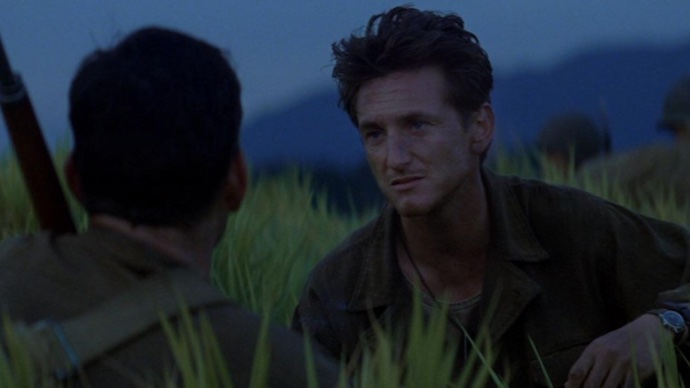
It had been 20 years since Malick's previous movie by the time The Thin Red Line was released, and that previous movie (Days of Heaven) had already been called one of the best movies of the 20th century.
So when it came time for Malick to develop The Thin Red Line, he had his choice pick of actors for this poetic war drama. (Famously, Adrien Brody signed on as its star, but during his editing process Malick decided to shift the narrative to Jim Caviezel's Robert E. Lee Witt.)
The Thin Red Line is a movie that doesn't focus on the brutality of war, but rather on other parts of the world around the soldiers, frequently cutting away to nature while the actual fighting occurs.
This pretty much wiped Brody's performance from the film as he's reduced to only a few lines. It also happened to George Clooney and John Travolta, whose roles were drastically reduced in the final edit.
Despite the brutal culling process, Malick's film is a one-of-a-kind beautiful rendition of the hopelessness of war and the young men that died fighting in Vietnam.
4. Badlands (1973)
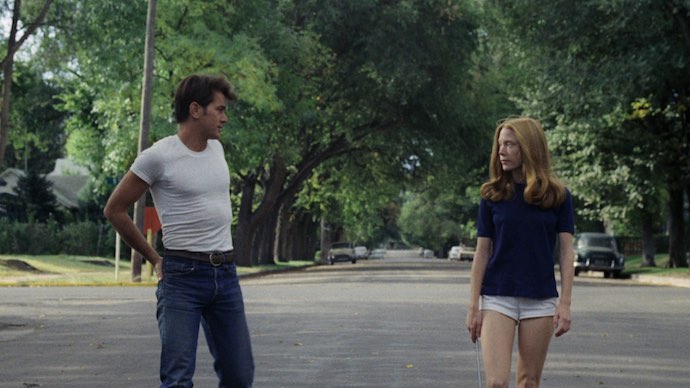
Badlands is the first film Terrence Malick made and it stars Martin Sheen and Sissy Spacek. As Malick's first picture, much of the production budget came from personal loans and investors who had never invested in a movie before (like dentists). What a start.
The film tells the story of Kit and Holly, two young lovers who run away together after Kit kills Holly's father during an angry confrontation. As the pair evade the law with rapidly multiplying crimes, Holly becomes disenchanted with Kit and tells him she wants to turn herself in.
Malick's debut picture isn't the typical escape drama. It showcases the same kind of maturity and substance of depth that would mark most of his subsequent works. The central figures in the film are tragic in so many ways and come across as fully formed humans who are lost in naivety.
3. The New World (2005)
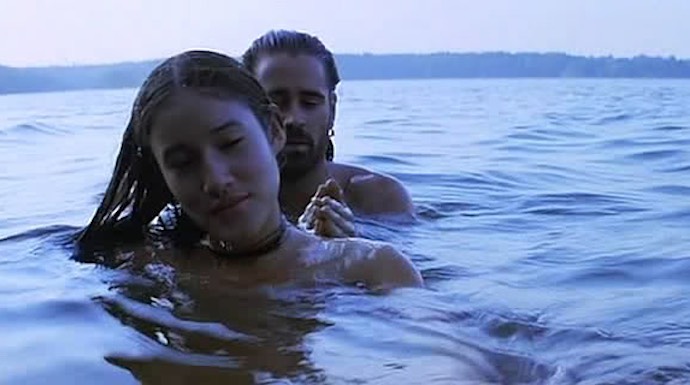
The New World took time to be considered one of Malick's best movies, but after it was critically reevaluated, many now rank it as one of Terrence Malick's best movies ever made.
The film tells the story of the first settlers in America and their encounter with the local tribes. The plot focuses on the real-life tale of Pocahontas and John Smith as they fall in love during a time of tension between the Native Americans and settlers.
Starring Colin Farrell, Christian Bale, and Q'orianka Kilcher, the immediate strength of the film can be found in its cinematography, helmed by Emmanuel Lubezki. Between the strong performances and excellent camerawork, The New World feels like a moving painting.
2. Days of Heaven (1978)
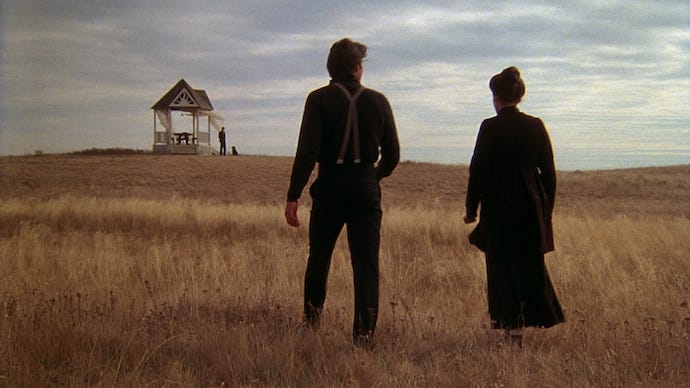
Terrence Malick's second feature film told the story of an idyllic America when people could ride a train until they found a farm that needed workers for the harvest. The movie stars Richard Gere, Sam Shepard, and Brooke Adams with a debut for child actress Linda Manz.
After Richard Gere's Bill kills his boss in Chicago, he and his girlfriend Abby and his little sister Linda end up working on a farm in the Texas Panhandle. From there, Bill and Abby (who are posing as siblings) engage in a plot to entice the sick farmer and inherit his wealth when he dies.
The movie is a subtly creeping picture that gently enfolds the audience into the Bill, Abby, and Linda's desperation. They aren't inherently evil people—they're lacking and they see an opportunity to have something for themselves and they decide to take it.
Malick's work in crafting the film is akin to an art piece hanging in the Louvre—and is precisely the reason why so many actors begged to work with Malick on The Thin Red Line two decades later.
1. The Tree of Life (2011)
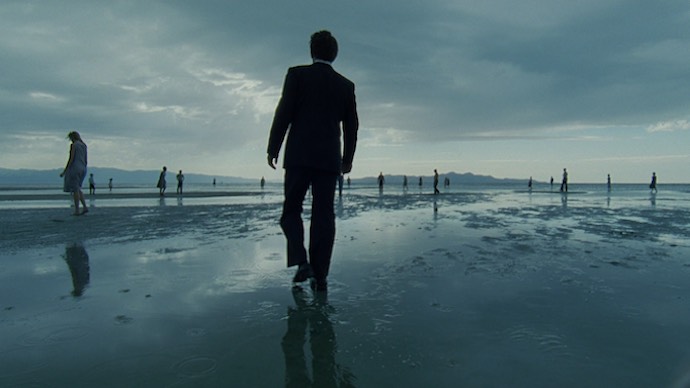
During Malick's 20-year hiatus from filmmaking, he began writing and developing a motion picture called Q. It would tell the story of the world and life on the planet, from birth to life as we know it. But the film was abandoned and he returned for The Thin Red Line instead.
Years later, Malick took that old concept and re-imagined it into a new film called The Tree of Life. This movie is unlike any made before or since.
The story focuses on the O'Brien family as they live in the 1960s. Starring Brad Pitt and Jessica Chastain as parents who lose one of their children, The Tree of Life explores the effects of grief on the family—while also showcasing the birth of the cosmos and the Earth as we know it.
It may sound like the work of overactive hubris, but Malick's film is anything but. It's his truest masterpiece, a motion picture with the kind of ambition that we haven't felt since the days of Orson Welles and Charlie Chaplin and the vision of Kubrick thrown in for good measure.
It's often cited as one of the best films ever made, and was even selected as Sight & Sound's Best Film of 2011.
